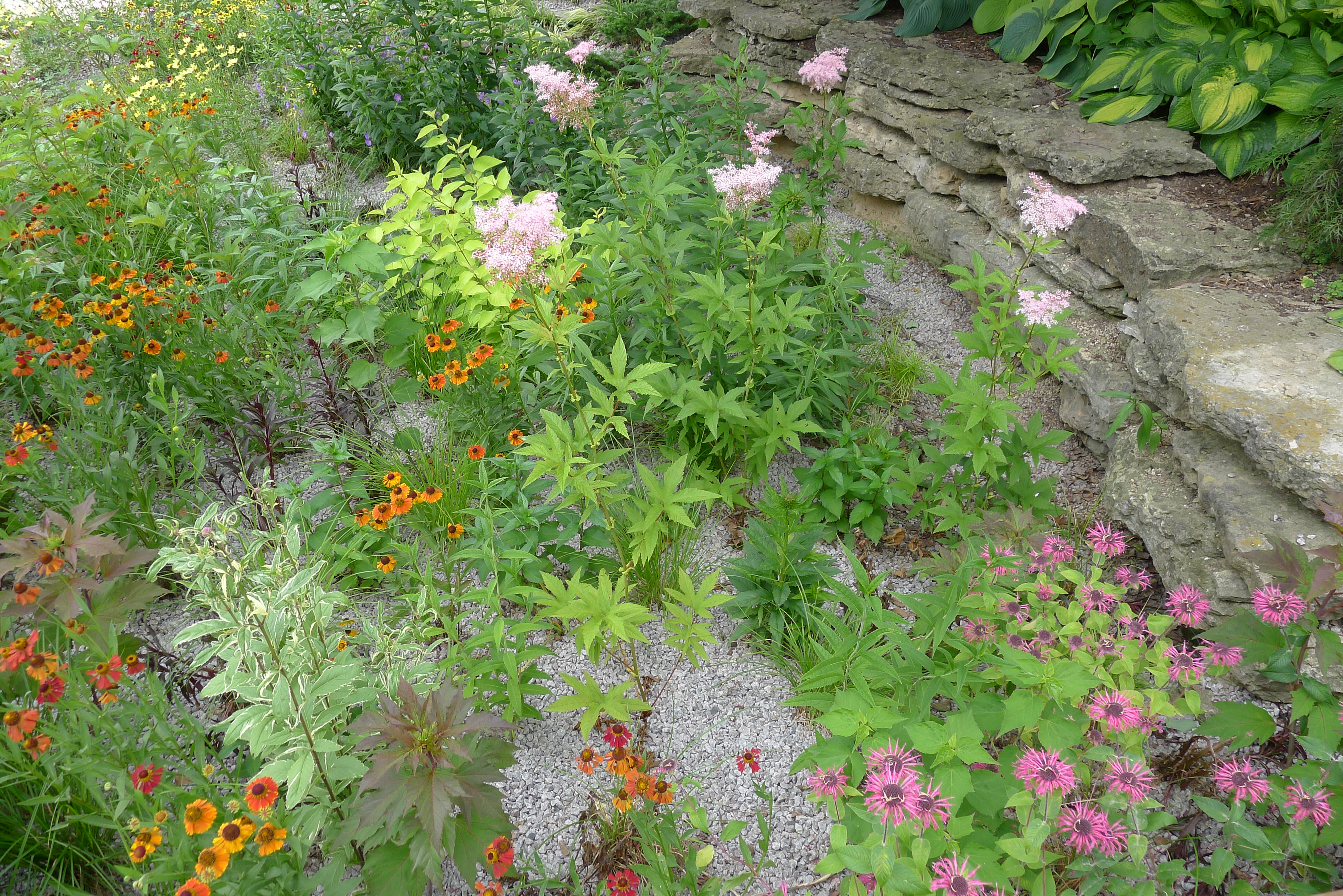
Even so, such a rain garden often needs to be equipped with an underdrain, which could increase building costs significantly. Wet spots in a yard can be used to build a rain garden if the soil inside the rain garden is well amended or replaced. However, if the surrounding soil cannot absorb water, the rain garden will gradually turn into a wetland with standing water. Within 1-2 days after a rainstorm, the rain garden should be dry. It is designed to absorb runoff, filter it through the soil, and remove sediment, nutrients and pollutants. A rain garden is supposed to collect rain water, hold the water for a short period of time, and allow the water to seep into the surrounding soil within 24 to 48 hours. Myth #1: That spot in your backyard that is always soggy and never dries out is a perfect place for a rain garden.įact: A rain garden is not a wetland.

Rain gardens built to comply with stormwater management requirements should be designed and built according to the standards and specifications provided by the local jurisdiction where the rain garden will be built. Design, construction, and maintenance are simpler and less stringent than when a rain garden is required as part of the development process. Please note that this article is intended for homeowners who are interested in building a rain garden voluntarily on their property.
#Rain garden install
Whether you are planning to install a rain garden at home or simply curious about the process, read on to learn about some common myths and misconceptions about rain gardens. Rain gardens serve the dual purpose of improving landscape aesthetics and draining stormwater in an environmentally friendly and natural way. Soil amendments can be added during the digging process to improve drainage, and plants should be selected with your soil type in mind.A rain garden is a great way to handle runoff on your property, but it is important to do it right. Can a rain garden be installed in clay soils? Yes, rain gardens can be installed in almost any soil type.Do not pile snow with a lot of salt by your garden, unless you have salt tolerant plants. You can even pile snow around (not in) your rain garden, so when it melts in the spring, the snowmelt runs right into your garden. Do rain gardens work in the winter? Yes, water will still soak into the soil in your garden while your plants are dormant.By choosing the right plants, planting them close together, and mulching annually, it could take as little as 15 minutes a month during summer. They can certainly be designed to be low maintenance once your plants are established. How much maintenance does it need? Rain gardens require some work to install due to the nature of their shape, more digging and grading is required than a typical garden.Compost can sometimes be obtained for free, or made on your own. Mulch, garden borders, and soil amendments are other things to take into consideration. You can even source extras from friends and neighbors for free. How much does it cost? Cost can vary widely (a few hundred to a few thousand) depending on the size of your rain garden and your patience. If you are patient, you can buy fewer and smaller sized plants and wait for them to fill in.

If you have limited space, a rain garden of any size will still have a positive impact. You will learn to calculate your ideal size in the MRG course.

For small areas like rooftops and driveways, you can roughly estimate 1/4 the drainage area to be the rain garden size. How big does a rain garden need to be to work? The size of your rain garden is dependent on the size of its watershed, or the area that drains into it.We recommend placing rain gardens at least 10 feet from any foundation, and always ensure the slope is away from buildings. Will it cause flooding in my yard or basement? No, an appropriately sized and placed rain garden will actually reduce flooding by capturing excess water. Will it attract mosquitoes? Because rain gardens drain within 12-48 hours, they prevent the breeding of mosquitoes.In fact, they are dry most of the time, only holding water during and immediately after a rainfall event. Is a rain garden a pond? Rain gardens are not water gardens, ponds, or wetlands.


 0 kommentar(er)
0 kommentar(er)
